Here in the U.S. it’s that time of year when parents and their children are winding down those hazy days of summer on the back porch and looking ahead to crisp autumn days in the schoolyard. Teachers are preparing their lessons in reading, writing, science, the arts, and math; while parents are readying their young ones for the year ahead.
There’s the back-to-school shopping that retailers beckon everyone to participate in. There is the daily routine that likely could use some adjustments. There are all the forms that must be filled out. And, of course, there’s the discussion about bucket filling. Right?
The idea of bucket filling was first introduced in the 1960s by Dr. Donald O. Clifton, author of How Full Is Your Bucket? His theory of the dipper and the bucket illustrates the effects others can have on one’s happiness and emotional state and vice versa.
Utilizing the simple metaphor of the invisible bucket that everyone has, it holds that when the bucket is full one feels great and when it is empty one feels awful. It also holds that everyone has an invisible dipper that is used to either fill or empty other people’s buckets with one’s words and actions. It goes on to explain that filling other’s buckets makes one feel great and also has the effect of filling one’s own bucket. Dipping ones bucket does the opposite.
Taking Dr. Clifton’s metaphor, author Carol McCloud and illustrator David Messing have packaged the message of bucket filling into a simple, child-friendly format in How Full Is Your Bucket?
“Your bucket has one purpose only. It’s purpose is to hold your good thoughts and good feelings about yourself,” Cloud writes as two happy children stroll along with full buckets in hand.
Simple examples show children in typical situations either filling or dipping into other’s buckets and the consequences of their actions. After a bully dips into another child’s bucket, the child walks away with an empty bucket, but the bully’s bucket is also empty.
“You never fill your own bucket when you dip into someone else’s,” McCloud explains.
“But ... when you fill someone’s bucket you fill your own bucket too! You feel good when you help others feel good.”
Many child-friendly examples follow, showing how one could fill another’s bucket. McCloud also comments on the effects of bucket filling on the environment: “When you’re a bucket filler, you make your home, your school, and your neighborhood better places to be.”
How Full Is Your Bucket? is a useful tool in sparking a conversation with little ones about the importance of kindness and compassion and the effects their words and actions have on others and themselves. As parents send their children out into the world once more, perhaps a discussion about bucket filling would be a worthwhile addition to the back-to-school to do list.
The Epoch Times publishes in 35 countries and in 19 languages. Subscribe to our e-newsletter.

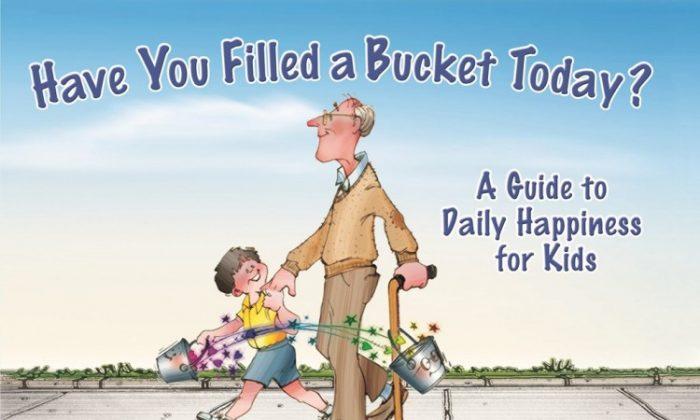

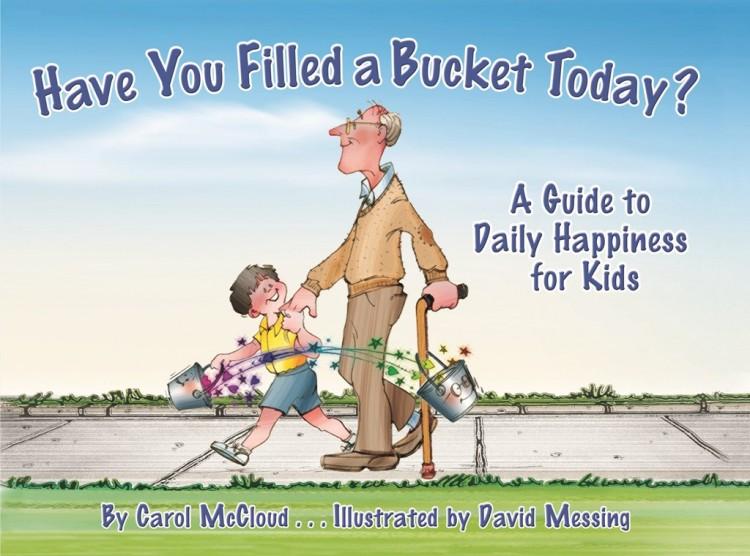
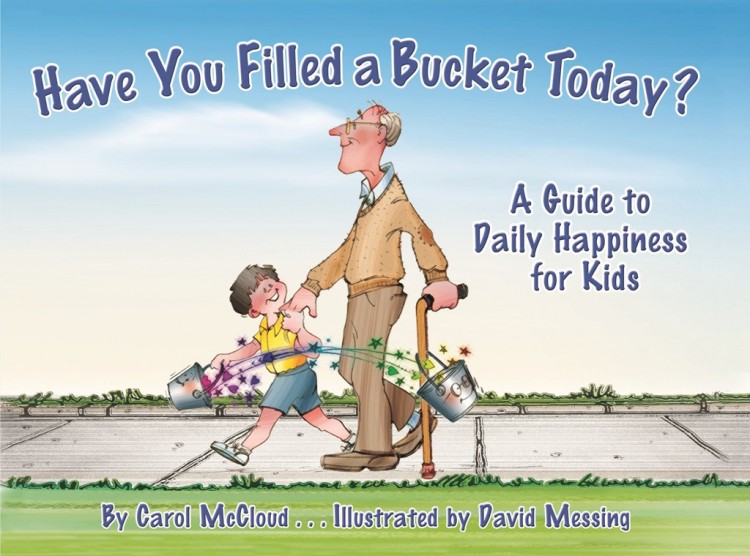
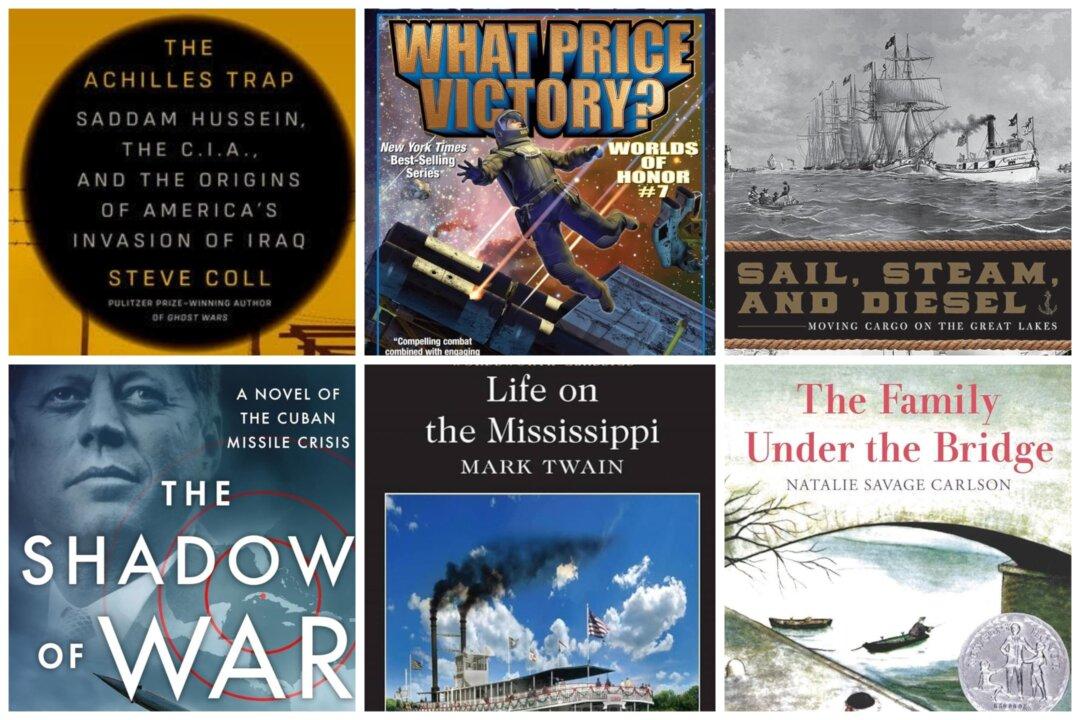
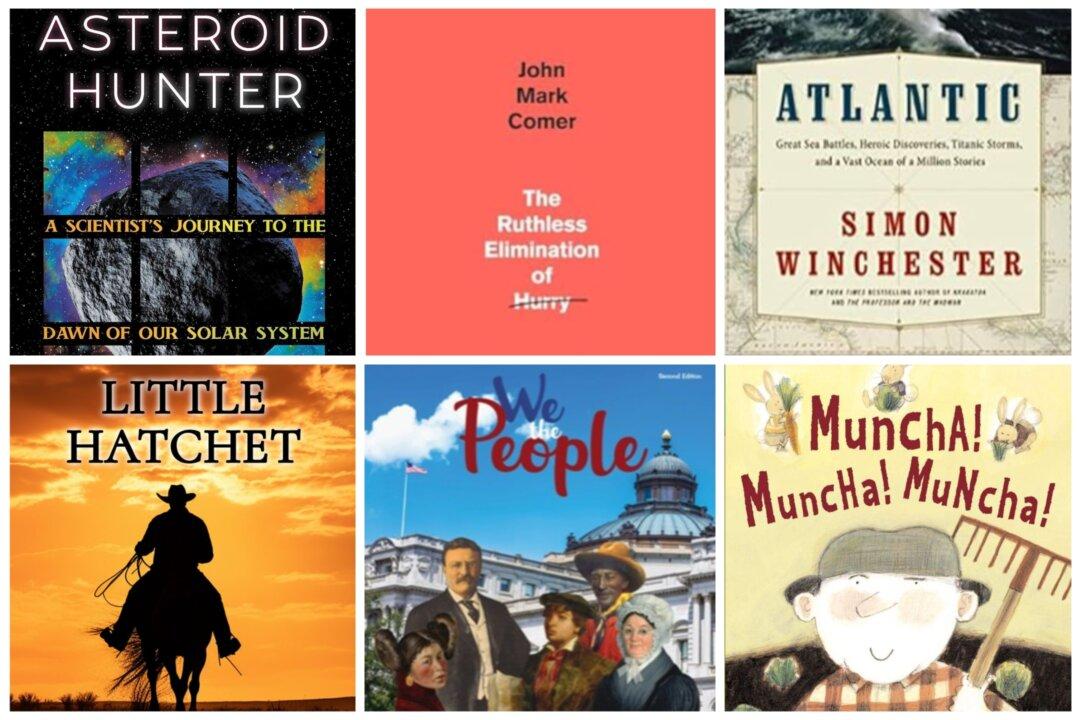
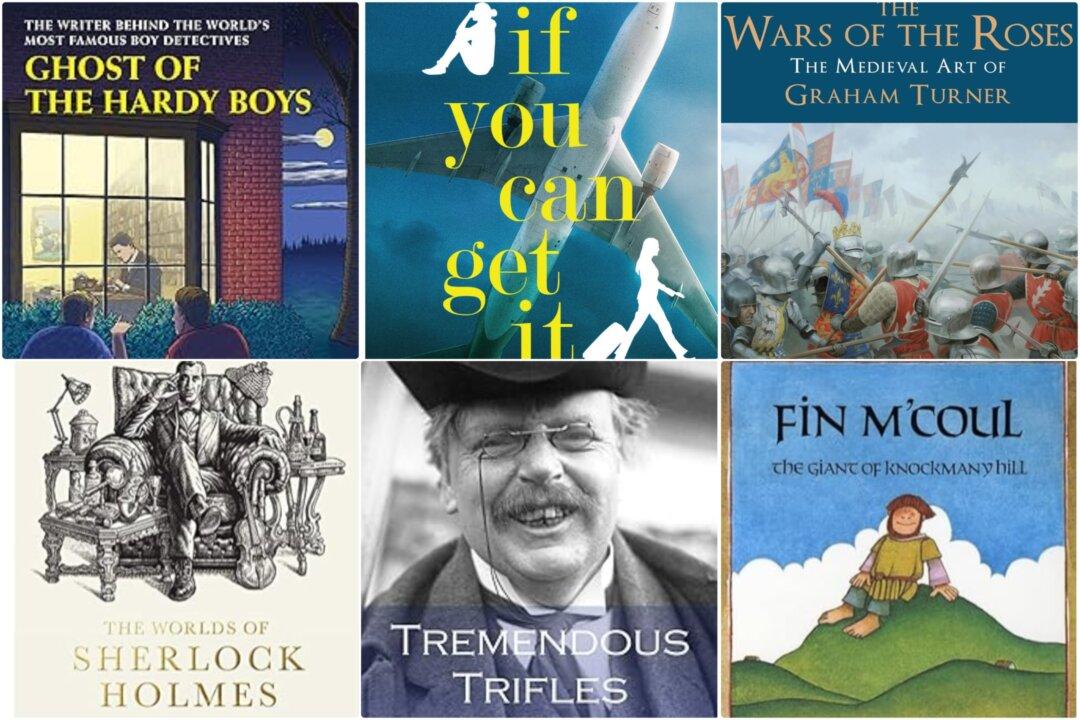

Friends Read Free